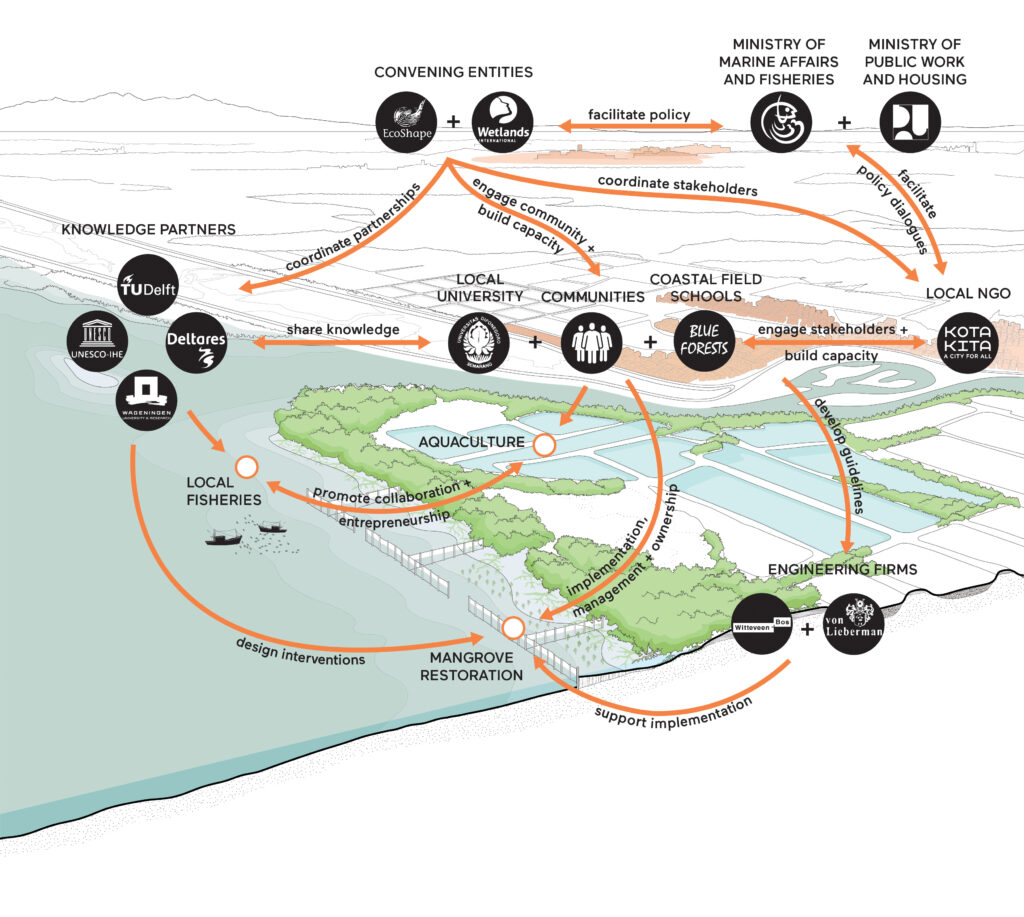Landscape
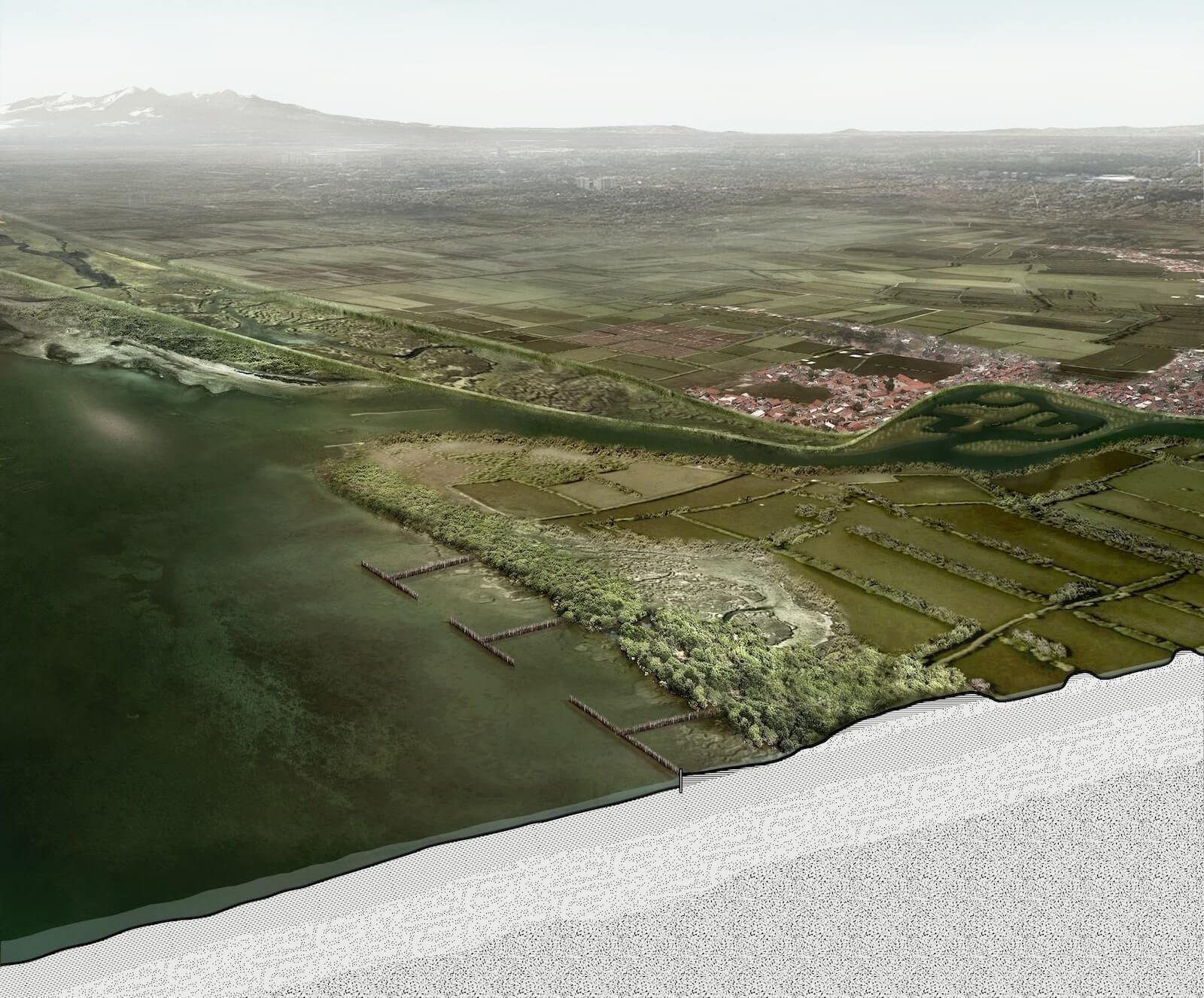
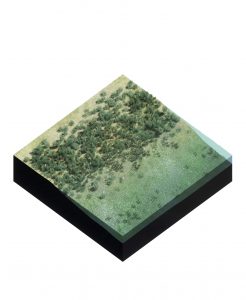
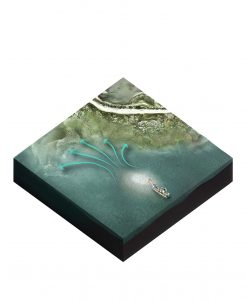
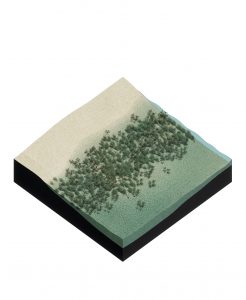
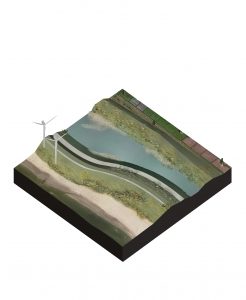

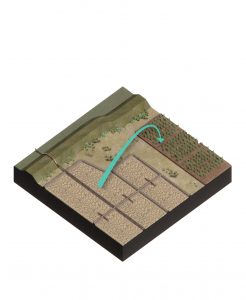
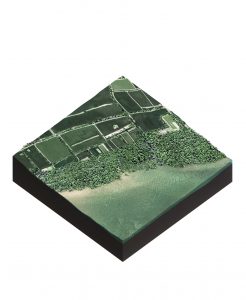
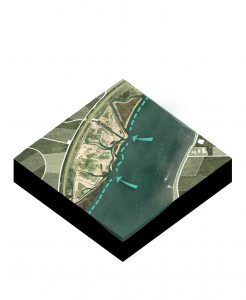
Muddy coasts are productive environments that arise in places with an accumulation of fine sediment, and often limited wave exposure. They represent a large fraction of coastlines globally, including three-quarters of coastlines between the latitudes of twenty-five degrees north and twenty-five degrees south. These fertile areas provide essential resources for humans such as seafood and timber, while their vegetation reduces the risk of flooding. Healthy muddy coastal ecosystems create positive feedback loops that enhance their resilience. Salt marshes and mangrove belts trap sediment, enabling additional vegetation to thrive in the intertidal zone. Yet these flat, low-lying areas are susceptible to consolidation and land subsidence, which increases their vulnerability to flooding and erosion. Even as their populations grow today, these coasts and adjacent inland areas can be challenging places for human settlement, as mud is difficult and costly to build on. Furthermore, sediment dynamics pose a management challenge for active waterfront uses such as for recreation, harbors, and access channels.
The sediment balance of these landscapes dictates the types of habitats that can develop. It influences seabed composition, water quality, and biodiversity. Interventions alter sediment dynamics and hydrology. Hard infrastructure often exacerbates underlying challenges, while the removal of vegetation and expansion of human activity degrade coastal ecosystem functioning. By contrast, Building with Nature concepts improve existing processes and their complex interactions. They focus on managing fine sediment dynamics and leveraging currents, tides, and winds to rehabilitate natural vegetation. Once restored, ecosystems can flourish again and deliver valuable services.
Ecological Benefits
The shallow, intertidal waters of muddy coasts provide fertile environments for many aquatic, reptile, and avian species. Numerous factors operate in a delicate balance to sustain these places: sediment supply; wind, wave, and tidal forces; and species interactions. The vegetation of muddy coasts contributes multiple ecosystem benefits, including attenuating wave energy, trapping sediment, reducing erosion, supporting sea level rise adaptation, improving water quality through filtration, and enhancing near and offshore fisheries. The biophysical interactions of muddy coasts are complex and essential to create healthy functioning ecosystems. Any human interference in the environment should draw from system understanding.
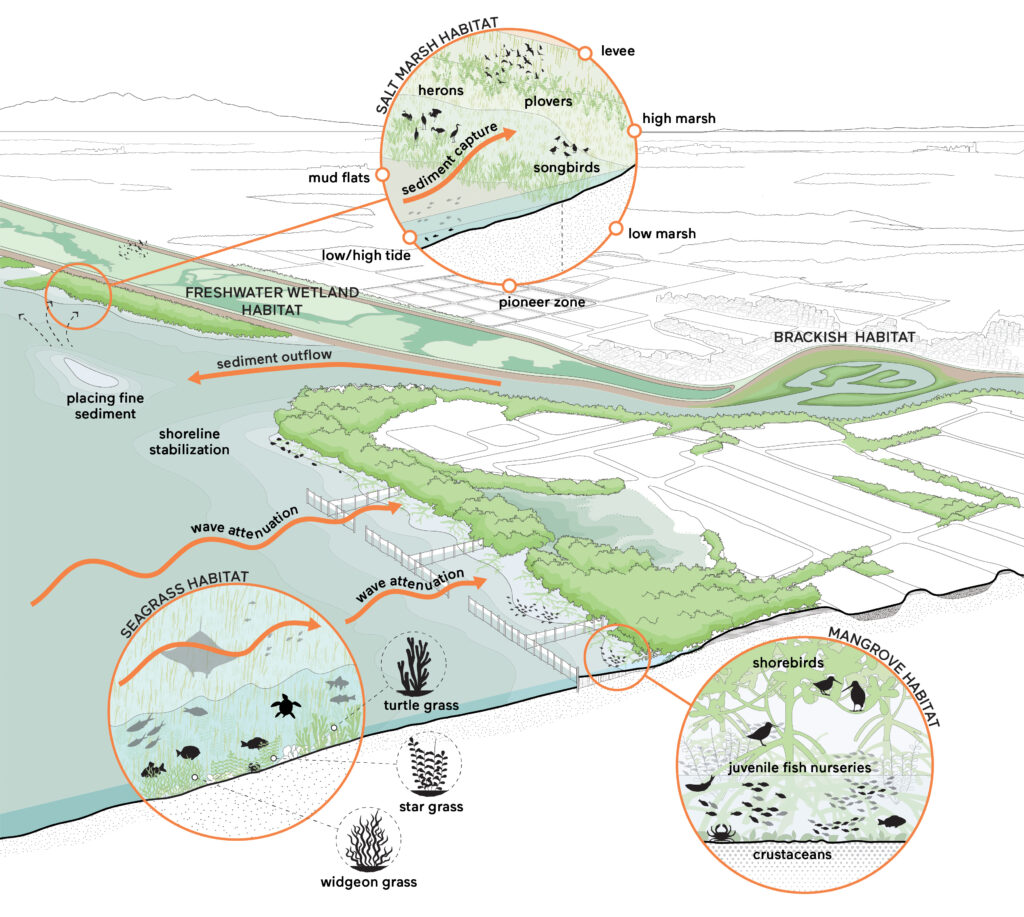
Places to live, work and visit
Muddy coasts have historically been challenging places to inhabit and develop, with dense forests, unstable soils, and water management challenges, yet these sheltered coasts are also places with extensive natural resources and growing populations. These environments nurture marine life and contain fertile lands for agriculture and aquaculture, with additional benefits in the form of recreation, education, and tourism.
Restoration strategies in muddy coastal environments aim to support communities who suffer from the impacts of coastal erosion, flooding, and subsidence. With the increased frequency and severity of flood events today, communities are growing more knowledgable and in some cases adapting to rising seas with raised homes. Still, across the globe, land loss threatens livelihoods and homes. Coastal conservation and restoration, integrated with sustainable agriculture and fisheries, represents an area for growth and positive change. These landscapes hold great promise for sustained economic development.
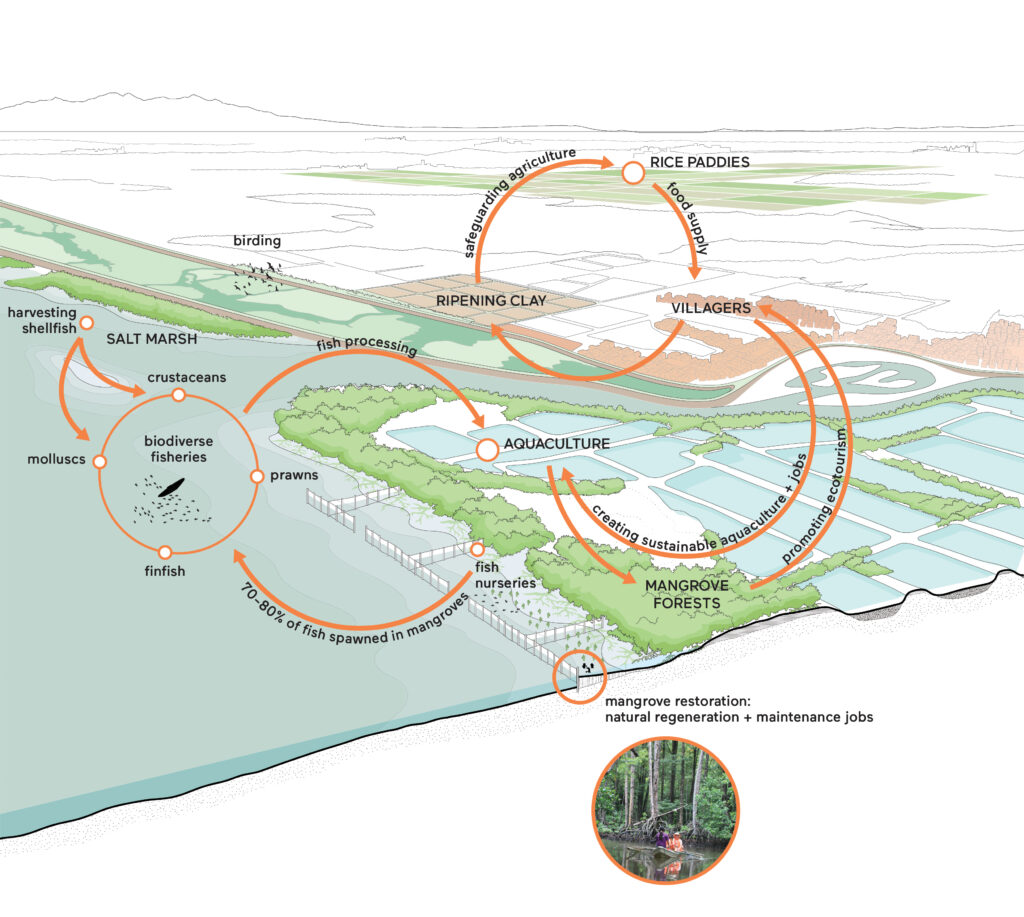
Material Flows
Sediment and water resources management are essential to sustain muddy coasts and mitigate their risks as environments with highly-compressible and erosive soils. Sediment management begins with understanding the natural system and its sediment balance. Sources of sediment include relic deposits from geological sources or marine organisms and inputs of nearby rivers or eroding coasts that wind and waves transport alongshore. Erosion, meanwhile, often stems from storm events, subsidence, or human interference by urbanization and constructions such as roads and aquaculture ponds. When intervention is required to enhance natural resources or restore them, it is critical to maintain and work with the natural balance. In areas facing subsidence, sound water resource management begins with an analysis of underlying causes. Over-extraction of groundwater is a frequent culprit; reducing groundwater pumping is key to protect underground aquifers and slow subsidence. Recycling and innovation together with creating and cleaning surface water sources can alleviate or supplant the demand for groundwater.
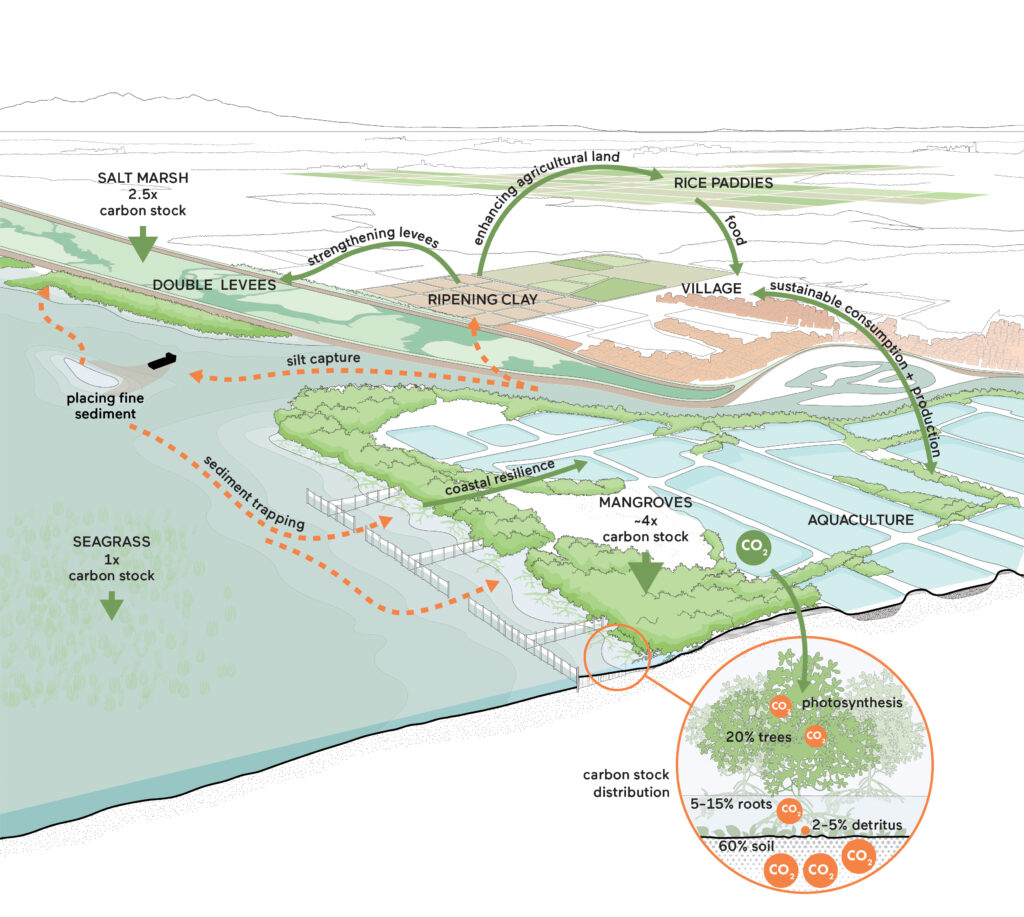
Integrated Approach
Muddy coasts provide highly productive, resilient, and adaptive ecosystems that also create numerous risks due to their fine sediment substrates. As is true of many places, community stakeholders derive benefits from the landscapes in myriad ways: through agriculture, offshore fisheries, raw materials, ecotourism, research, and education. Therefore, any process for implementing change to address risk must be inclusive of all stakeholders and provide opportunities for partnering at the community level.
Building with Nature projects recognize that partnership is the core of any successful initiative, and that each collaborator brings specific expertise and skills, giving them a unique perspective and important role. Local stakeholders bring deep knowledge of site conditions, community bylaws, and priorities, and implementation and maintenance lie in their purview. A project can only succeed if it delivers community benefits.
Government agencies set the policy agenda, are often responsible for marine infrastructure management, and create the enabling environment through funding and legislations. Non-governmental organizations help manage projects; they coordinate outreach and field activities, support local community leadership, and facilitate policy and stakeholder dialogue, and contributing expertise. Knowledge institutes bring technical insights can lead the design and monitoring of interventions. Other specialists, engineering firms, and contractors facilitate on-the ground implementation, development of guidelines for project replication, its business case, and technical advice.
